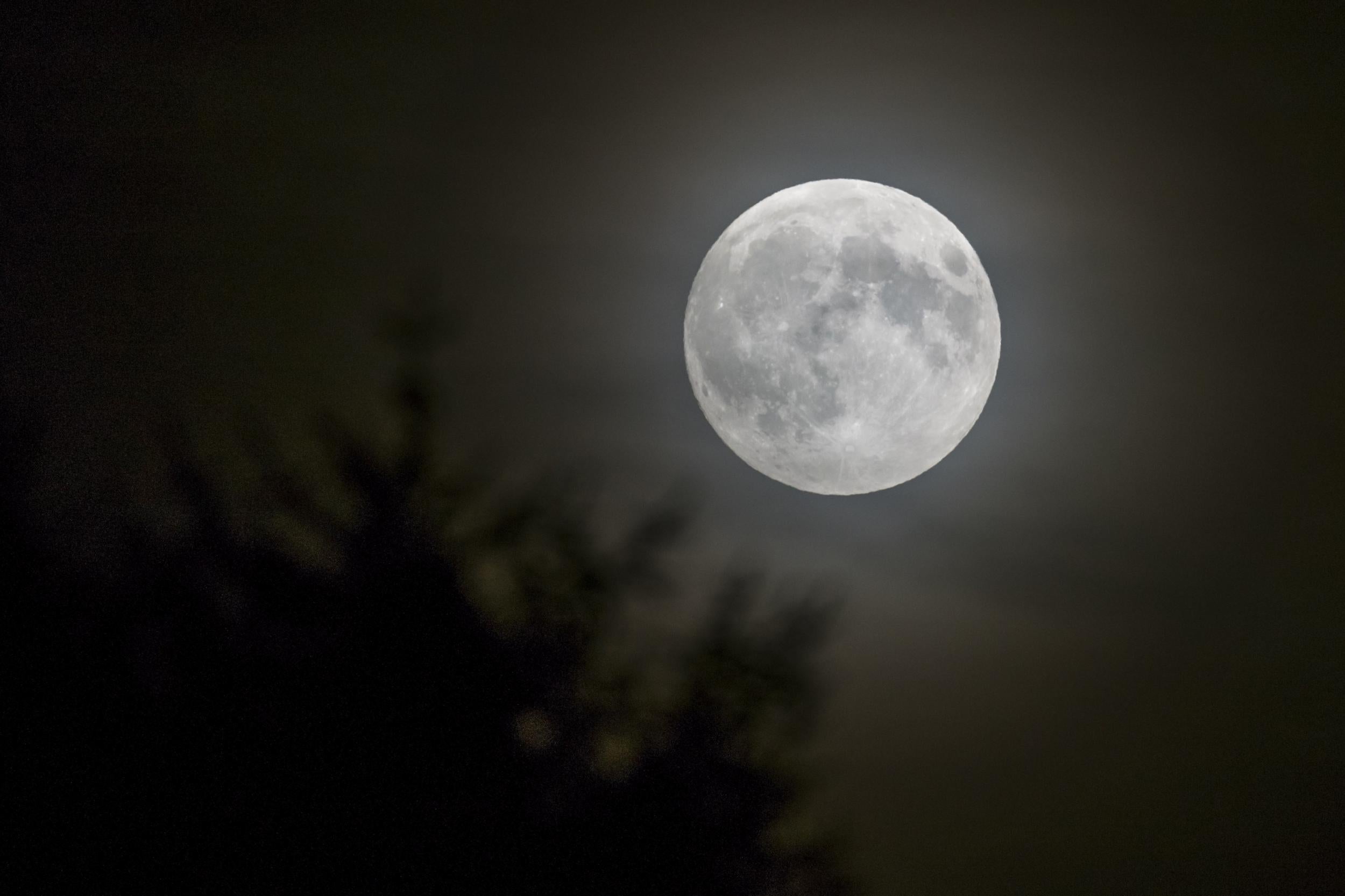Full moon to appear on Christmas Day for the first time in 38 years
There won't be another full moon on Christmas Day until 2034

Your support helps us to tell the story
From reproductive rights to climate change to Big Tech, The Independent is on the ground when the story is developing. Whether it's investigating the financials of Elon Musk's pro-Trump PAC or producing our latest documentary, 'The A Word', which shines a light on the American women fighting for reproductive rights, we know how important it is to parse out the facts from the messaging.
At such a critical moment in US history, we need reporters on the ground. Your donation allows us to keep sending journalists to speak to both sides of the story.
The Independent is trusted by Americans across the entire political spectrum. And unlike many other quality news outlets, we choose not to lock Americans out of our reporting and analysis with paywalls. We believe quality journalism should be available to everyone, paid for by those who can afford it.
Your support makes all the difference.A full moon will appear in the skies over Britain on Christmas day, for the first time in decades.
The last time there was a full moon on 25 December was 1977, and there won't be another one until 2034 - so unless you want a long wait to catch a sight of this rare astronomical occurence, it's a good idea to head outside and look up on Christmas.
The full moon, which is the last of the year, is called the Full Cold Moon because it occurs at the start of winter.
According to Nasa (who know a lot about this sort of thing), the full moon will peak at 11:11pm GMT, proving a great view in the night sky.
Unfortunately, things are looking quite cloudy on Christmas day across much of the UK, so you might not get the best uninterrupted view.
Large bands of rain over most of Wales and north west England could hide the moon from view, but the clouds should be a bit thinner across the rest of the country - so there's a chance you'll catch the full moon peeking through.
The north east coast, eastern scotland and Northern Ireland will have clearer skies compared to the rest of the UK, so they'll be the best places to spot the moon.
With the moon so clear in the sky, it's worth remembering the number of man-made spacecraft currently working around it.
Nasa's Lunar Reconnaissance Orbiter has been orbiting the moon since 2009, and constantly beams back important information about the Earth's closest neighbour - including amazing pictures of human landing sites on the moon, with images released in 2011 showing surprisingly sharp images of boot tracks, moon buggy trails and landers left behind after the Apollo 12, 14 and 17 missions.
Despite Nasa dominating much of man's explorations in space, China also has a presence on the moon, in the form of the Yutu, or 'Jade Rabbit' lunar rover, which has been roaming the satellite's surface since it landed two years ago.
Join our commenting forum
Join thought-provoking conversations, follow other Independent readers and see their replies
Comments